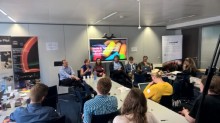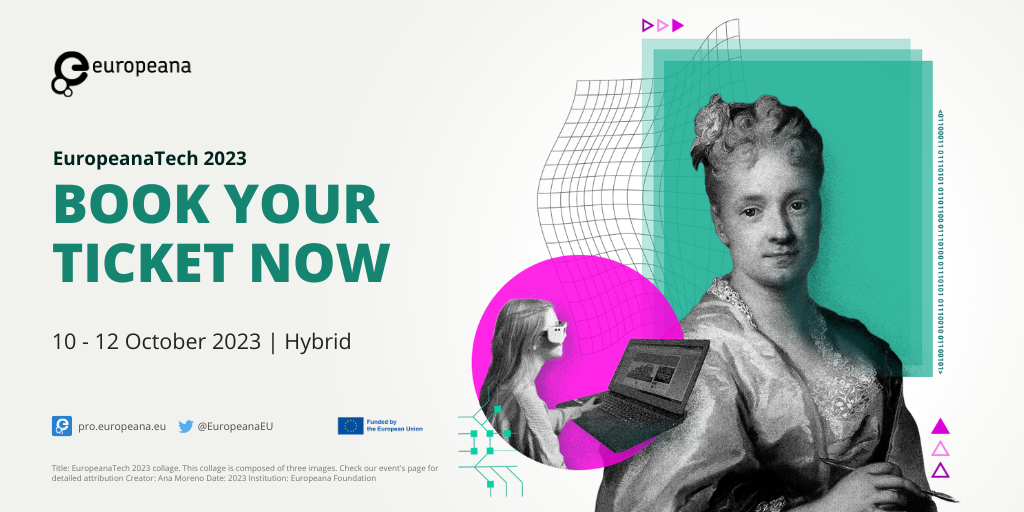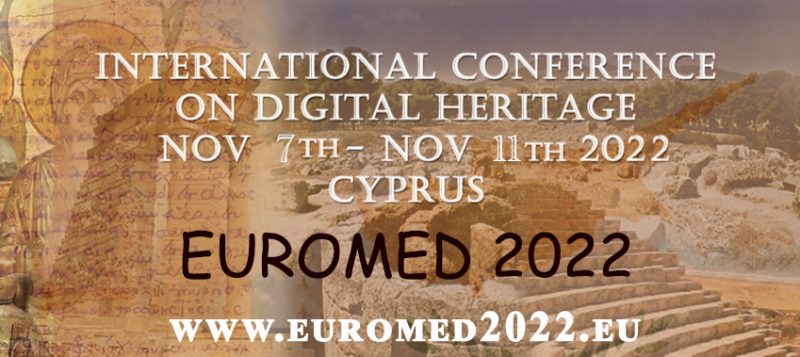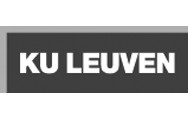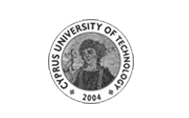 by Gregory Markus (NISV), WP leader for Innovation Space
by Gregory Markus (NISV), WP leader for Innovation Space
From 8-10 May, 2015, Waag Society and The Netherlands Institute for Sound and Vision hosted the first of six Europeana Space hackathons. This was the main objective: come up with appealing ideas and applications to bring the rich archive of digitized European cultural heritage to the public. The Europeana Space Project seeks prove that digitized cultural heritage material can be used in creative ways, and new business and sustainability models can be developed around these innovations.
This hackathon, titled “Hacking Culture Bootcamp”, specifically sought to encourage and facilitate innovative, creative and promising projects that use multiscreen technologies and involve digitized cultural heritage objects. Participants came from diverse contexts, such as broadcasting, academia, cultural institutions, and technology development.
The three most promising projects will move on to the Europeana Space Business Modelling Workshops where the projects’ ideas will be further shaped and honed as well as the development of business models with the experts from the REMIX Summit Agency and their elite network.
After a day and a half of intensive work, pitch sessions, pitch coaching and pitch strategizing, the time came for the seven teams to present their projects to the jury. The jury featured experts from the creative, cultural and business sectors: Wilko van Iperen (KRO-NCRV), Dick van Dijk (Waag Society), Milena Popova (Europeana Foundation), Sarah Whatley (Coventry University & Europeana Space Project Manager), Simon Cronshaw (REMIX Summits), and Lizzy Jongma (Rijksmuseum).
After an hour of intense deliberation the jury came to a decision. The three winners are:
- Bosch – Niels Poldervaart, Kimberly Bianca, Konstantin Radoslavov (Noterik), Joost Baalman (Noterik), Bart Bonnevalle (Noterik).
Add your voice to art with Bosch. - Mnemosyne – Marius Förster, Knut Perseke, Theodoros Chiotis (OCC).
Haptic and mathematical, Mnemosyne will make huge collections more manageable, serendipitous and enjoyable for educators, visitors, and curators. - ART(F)INDER – David Pronk, Matthijs van der Meulen, Frank Bosma.
Which museum should I go to and does anyone want to come with me? ART(F)INDER will answer these questions for you.
All the ideas were unique and exciting in their own ways and jury deliberation certainly was difficult. The jury assessed the projects on three areas, use of digitized cultural heritage material, job creation, and likelihood of success.
We would like to thank all the participants from team Beeld en Geluid with their metadata tagging game “Culture Derby”, team EUscreen with their educational video-poster platform “Carrot”, the team from project “Photo Exhibition 2.0”, and the MediaLab Amsterdam team’s “Project Encounter”.
To find out more about what comes next for the winners you can read our Europeana Space Incubation Handbook.
The next hackathon will occur mid-November in Prague as part of the CIANT Enter Festival. The theme is “Hacking the [Dancing] Body” and will be organized in close collaboration with CIANT and the EuropeanaSpace Dance pilot partners (Coventry University, UNL-FCSH, IN2).
Lastly, we would like to thank the Europeana TV Pilot partners for the support and invaluable tools: Noterik, Rundfunk Berlin-Brandenburg, VBOT, National Technical University of Athens and Istituto Luce Cinecittà.
Article originally appeared on the Waag’s blog
All the images by Sebastiaan ter Burg CC-BY
More photos available here

























